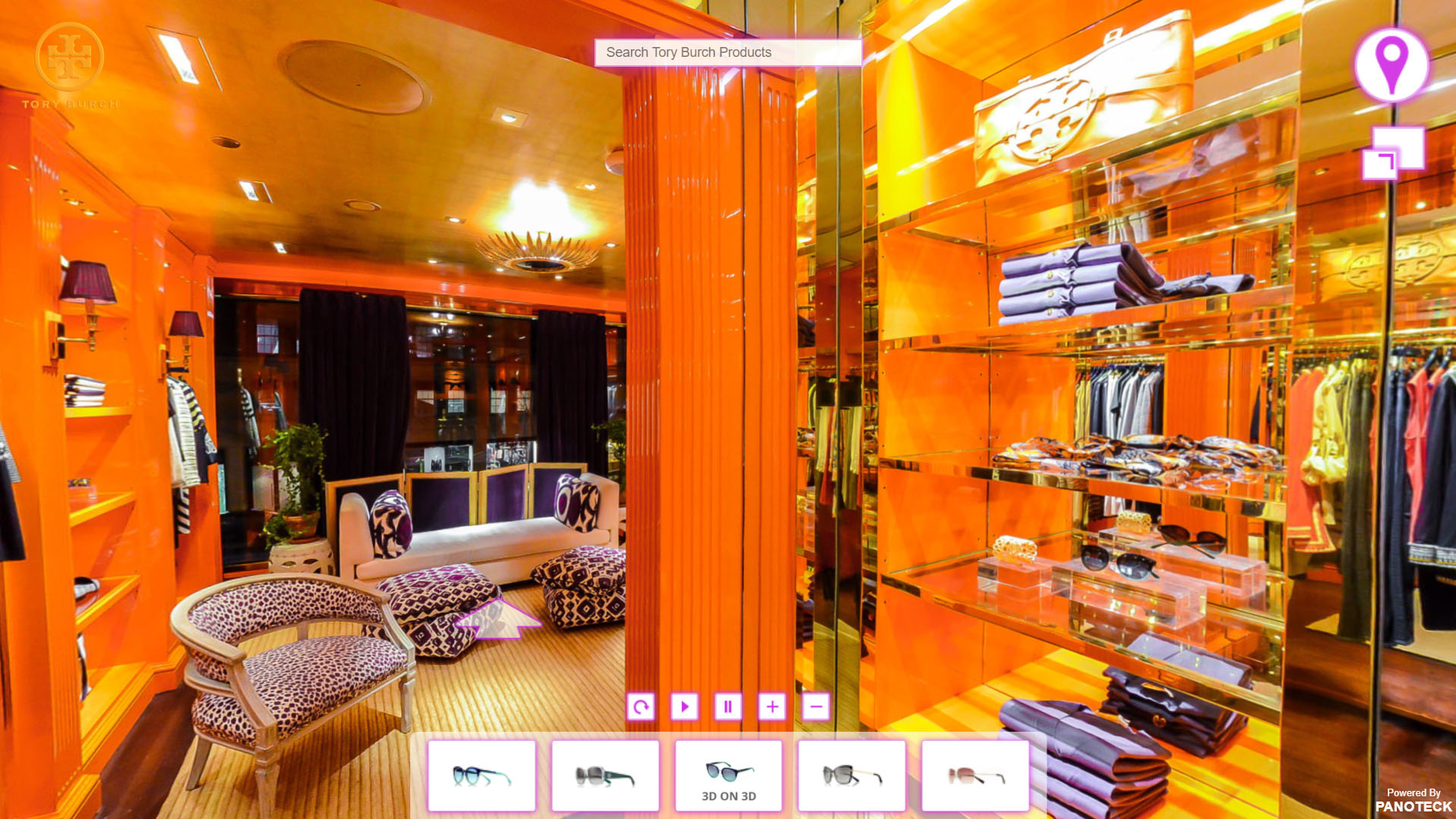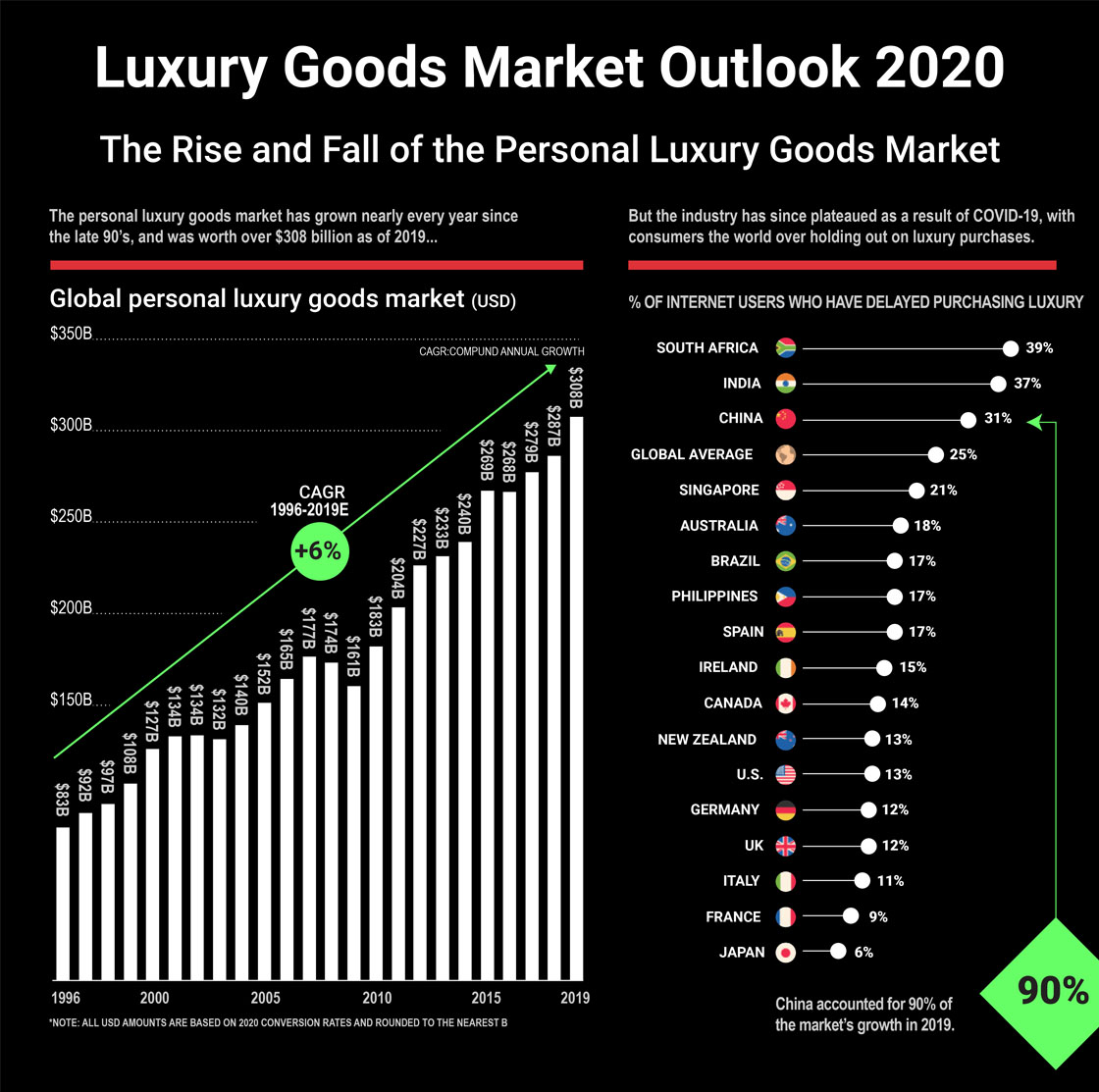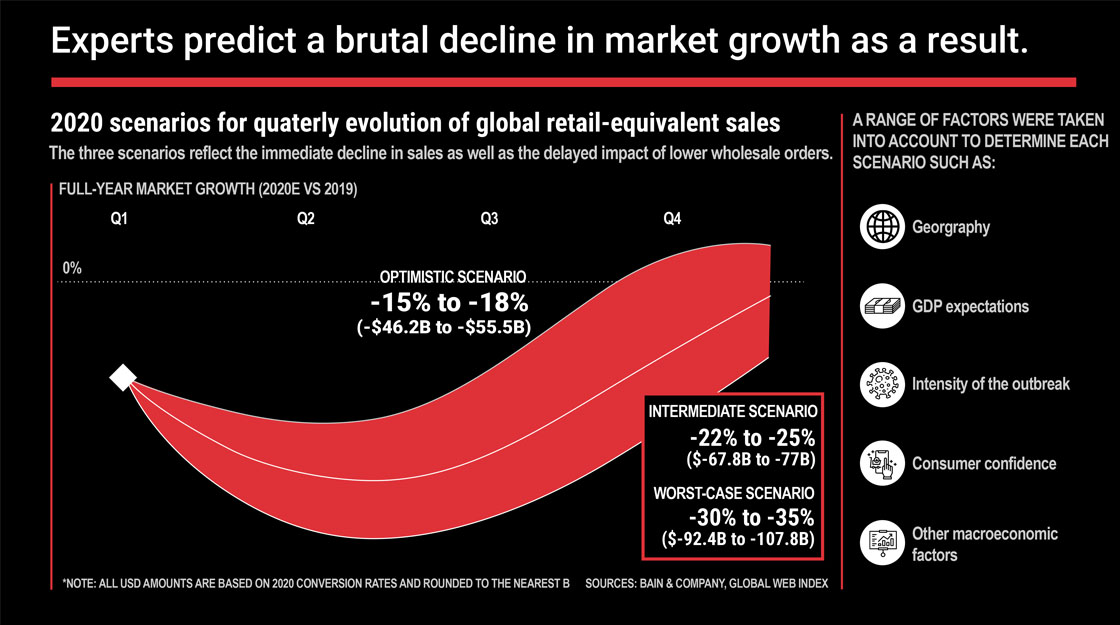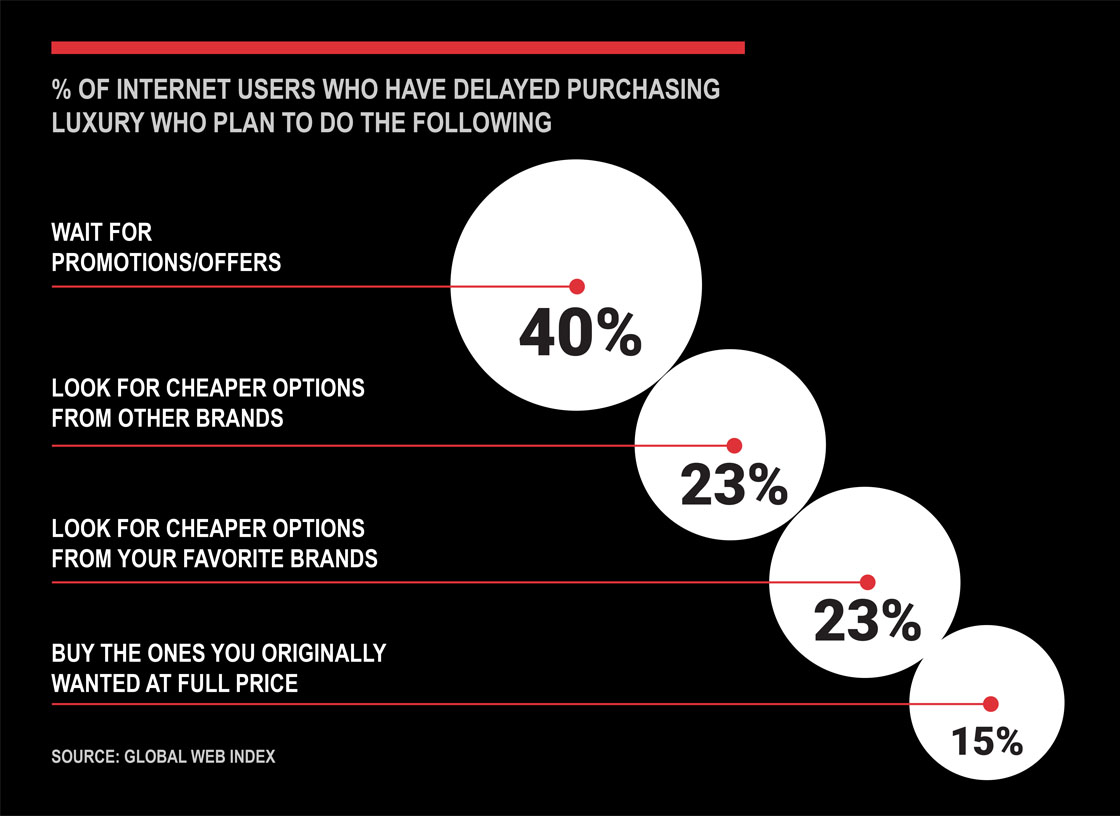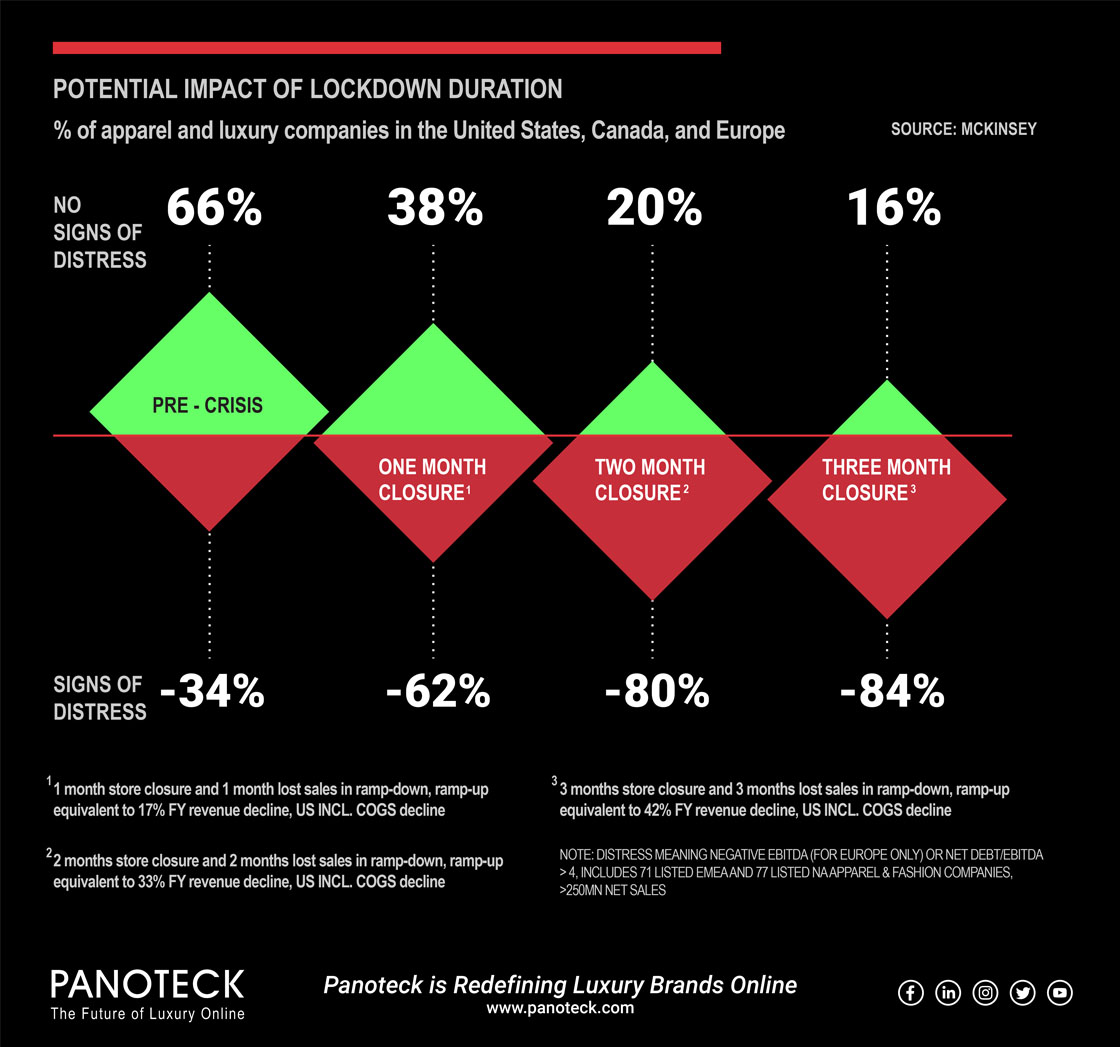|
PANOTECK Terms Of Use
Welcome to PANOTECK! PANOTECK PTE. LTD., its parent, subsidiary and affiliated companies (“PANOTECK”) maintain this site (the “Site”) for your personal entertainment, information, education, and communication. Please feel free to browse the Site. You may not, however, distribute, modify, transmit, reuse, re–post, or use the content of the Site for public or commercial purposes, including the text, images, audio, and video without PANOTECK’s written permission. Your access to and use of the Site is also subject to the following terms and conditions (“Terms and Conditions”) and all applicable laws. By accessing and browsing the Site, you accept, without limitation or qualification, these Terms and Conditions. If you do not agree to these Terms and Conditions, please do not use the Site.
|
|
Terms and Conditions
- You should assume that everything you see or read on the Site is copyrighted unless otherwise noted, and may not be used except as provided in these Terms and Conditions without the written permission of PANOTECK. PANOTECK neither warrants nor represents that your use of materials displayed on the Site will not infringe rights of third parties not owned by or affiliated with PANOTECK.
- While PANOTECK uses reasonable efforts to include accurate and up to date information in the Site, PANOTECK makes no warranties or representations as to its accuracy. PANOTECK assumes no liability or responsibility for any errors or omissions in the content of the Site.
- Your use of and browsing in the Site are at your risk. Neither PANOTECK nor any other party involved in creating, producing, or delivering the Site is liable for any direct, incidental, consequential, indirect, or punitive damages arising out of your access to, or use of, the Site. Without limiting the foregoing, everything on the Site is provided to you “AS IS” WITHOUT WARRANTY OF ANY KIND, EITHER EXPRESSED OR IMPLIED, INCLUDING, BUT NOT LIMITED TO, THE IMPLIED WARRANTIES OF MERCHANTABILITY, FITNESS FOR A PARTICULAR PURPOSE, OR NON-INFRINGEMENT. Please note that some jurisdictions may not allow the exclusion of implied warranties, so some of the above exclusions may not apply to you. Check your local laws for any restrictions or limitations regarding the exclusion of implied warranties. PANOTECK also assumes no responsibility, and shall not be liable for, any damages to, or viruses that may infect, your computer equipment or other property on account of your access to, use of, or browsing in the Site or your downloading of any materials, data, text, images, video, or audio from the Site.
- While we are always happy to hear from you, it is PANOTECK’s policy not to accept or consider creative materials, ideas, or suggestions other than those we specifically request. This is to avoid any misunderstandings if your ideas are similar to those we have developed independently. Therefore we must request that you do not send to us any original creative materials such as photographs, video recording of internal and external building structures, original artwork, etc. Any communication or material you do transmit to the Site by electronic mail or otherwise will be treated as non-confidential and non-proprietary. Anything you transmit or post may be used by PANOTECK or its affiliates for any purpose, including, but not limited to, reproduction, disclosure, transmission, publication, broadcast and posting. Furthermore, PANOTECK is free to use any ideas, concepts, know-how, or techniques contained in any communication you send to the Site for any purpose whatsoever including, but not limited to, developing, manufacturing and marketing products using such information.
- Images of people or places displayed on the Site are either the property of, or used with permission by, PANOTECK. The use of these images by you, or anyone else authorized by you, is prohibited unless specifically permitted by these Terms and Conditions or specific permission provided elsewhere on the Site. Any unauthorized use of the images may violate copyright laws, trademark laws, the laws of privacy and publicity, and communications regulations and statutes.
- The trademarks, logos, and service marks (collectively the “Trademarks”) displayed on the Site are registered and unregistered Trademarks of PANOTECK and others. Nothing contained on the Site should be construed as granting, by implication, estoppel, or otherwise, any license or right to use any Trademark displayed on the Site without the written permission of PANOTECK or such third party that may own the Trademarks displayed on the Site. Your misuse of the Trademarks displayed on the Site, or any other content on the Site, except as provided in these Terms and Conditions, is strictly prohibited. You are also advised that PANOTECK will aggressively enforce its intellectual property rights to the fullest extent of the law, including the seeking of criminal prosecution.
- PANOTECK has not reviewed all of the sites linked to the Site and is not responsible for the content of any off-site pages or any other sites linked to the Site. Your linking to any other off-site pages or other sites is at your own risk.
- Although PANOTECK may from time to time monitor or review discussions, chats, postings, transmissions, bulletin boards, and the like on the Site, PANOTECK is under no obligation to do so and assumes no responsibility or liability arising from the content of any such locations nor for any error, defamation, libel, slander, omission, falsehood, obscenity, pornography, profanity, danger, or inaccuracy contained in any information within such locations on the Site. You are prohibited from posting or transmitting any unlawful, threatening, libelous, defamatory, obscene, scandalous, inflammatory, pornographic, or profane material or any material that could constitute or encourage conduct that would be considered a criminal offense, give rise to civil liability, or otherwise violate any law. PANOTECK will fully cooperate with any law enforcement authorities or court order requesting or directing PANOTECK to disclose the identity of anyone posting any such information or materials.
- You agree to indemnify, defend and hold PANOTECK and its affiliates, and their respective officers, directors, owners, agents, information providers and licensors (collectively, the “Indemnified Parties”) harmless from and against any and all claims, liability, losses, costs and expenses (including legal / attorneys’ fees) incurred by any Indemnified Party in connection with any breach by you of these Terms and Conditions. PANOTECK reserves the right, at its own expense, to assume the exclusive defense and control of any matter otherwise subject to indemnification by you, and in such case, you agree to cooperate with PANOTECK’s defense of such claim.
- The Sites are controlled and operated by PANOTECK PTE. LTD. from its offices in Singapore. PANOTECK PTE. LTD. makes no representation that materials in the Sites are appropriate or available for use in other locations and other countries. Those who choose to access the Sites from other locations do so on their own initiative and are responsible for compliance with local laws, if and to the extent local laws are applicable.
This agreement shall be governed by, construed and enforced in accordance with the laws of Singapore, as it is applied to agreements entered into and to be performed entirely in Singapore. Any action you, any third party or PANOTECK PTE. LTD. bring to enforce this agreement or, in connection with, any matters related to this site shall be brought only in the courts of Singapore, and you expressly consent to the jurisdiction of Singapore law. If any provision of this agreement shall be unlawful, void, or for any reason unenforceable, then that provision shall be deemed severable from this agreement and shall not affect the validity and enforceability of any remaining provisions. This is the entire agreement between the parties relating to the matters contained herein and shall not be modified except in writing, signed by PANOTECK PTE. LTD.
- PANOTECK may at any time revise these Terms and Conditions by updating this posting. You are bound by any such revisions and should therefore periodically visit this page to review the then current Terms and Conditions to which you are bound.
|
